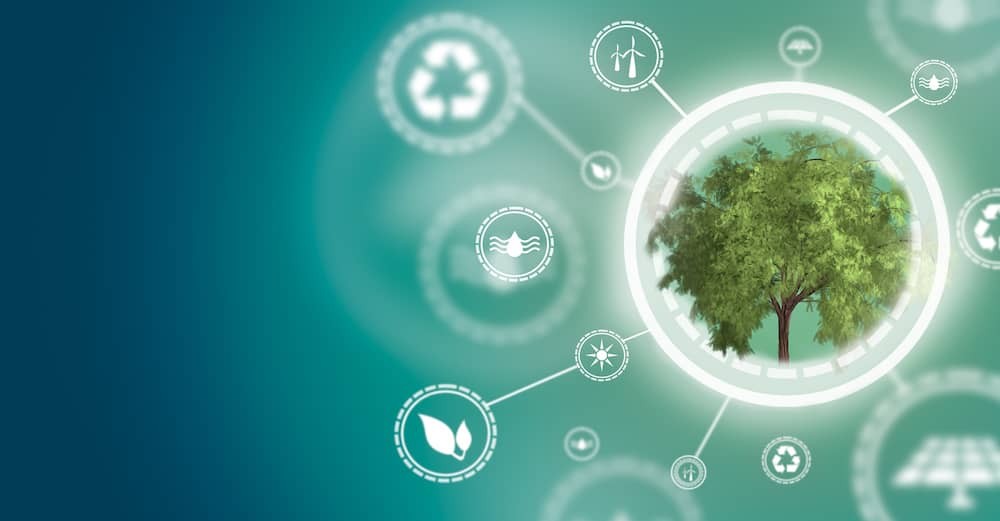
Today I am wrapping up on Cisco’s sustainability strategy before tackling AI in Networking from next week. You can find the previous articles in this series here.
The final component of Cisco’s Plan for Possible (Connecting a Regenerative Future) is Climate Impact Investments. The Cisco Foundation has pledged $100 million over 10 years for non-profit grants and impact investing in climate solutions. This investment has been underway for a couple of years and has led to projects positively impacting water supply, Amazon restoration, forestry, and transition to green energy. For more details on these and other projects, see here.
Neither the investment itself nor the positive impact of these projects should be trivialised but the financial scale on which Cisco operates should be considered. In 2023, Cisco had revenues of $57 billion and profits of $12.6 billion. From this Cisco also invested $7.5 billion on Research and Development, along with a further $9.9 billion on Sales and Marketing. Within this context, $10 million annually does not feel like a significant commitment and clearly as a global industry leader, Cisco could do more.
However, it does appear that Cisco is still doing more then competitors. My research on this has been brief and limited, but many vendors do not appear to have an equivalent, direct commitment to nonprofit climate impact investments. The best benchmark I could find was HPE, who delivered $28 billion in revenues and $2.8 billion in profits last year. From this they have provided $35 million in green investments since 2018. If you are aware of any other networking vendor programmes directly investing in climate impact projects, please do let me know.
It may be argued that the very significant Research and Development budget allows for innovation within Cisco that will drive sustainable IT, see Silicon One in last week’s article a very good example. However, given when development on Silicon One started, maintaining market leadership was far more likely to be the motivation then, and indeed now. Otherwise, we would have seen more than the three switches from the vast Cisco product range achieve the Energy Star certification. But at least Cisco are looking for the win-win scenario which will allow for the gradual “decoupling economic activity from the consumption of finite resources and designing waste out of the system”.
Really this has all been just a little due diligence on Cisco’s sustainability strategy and the ultimate judgement will be whether they reach their committed targets. As usual, please comment or message me to connect, correct or rant.
.svg)